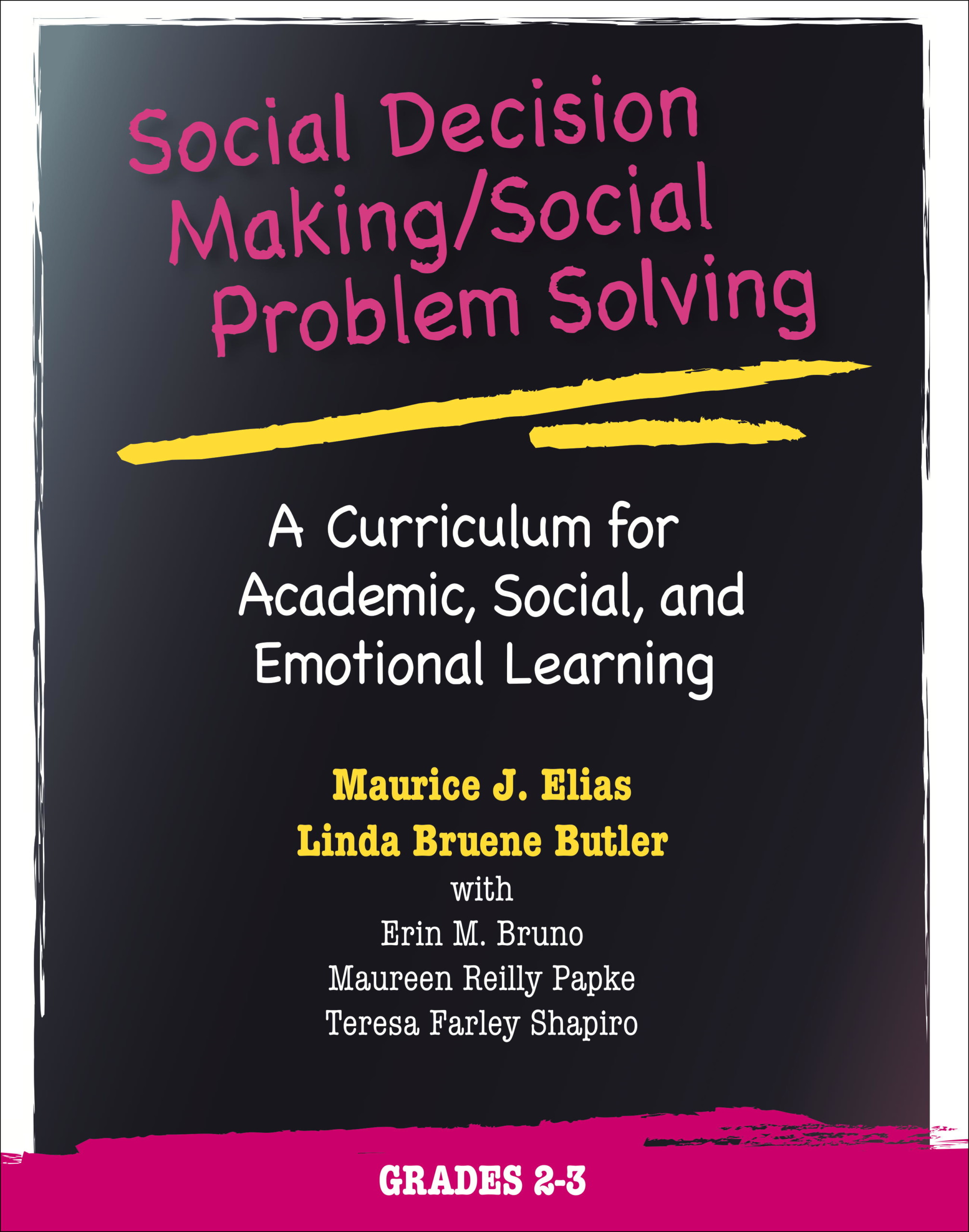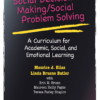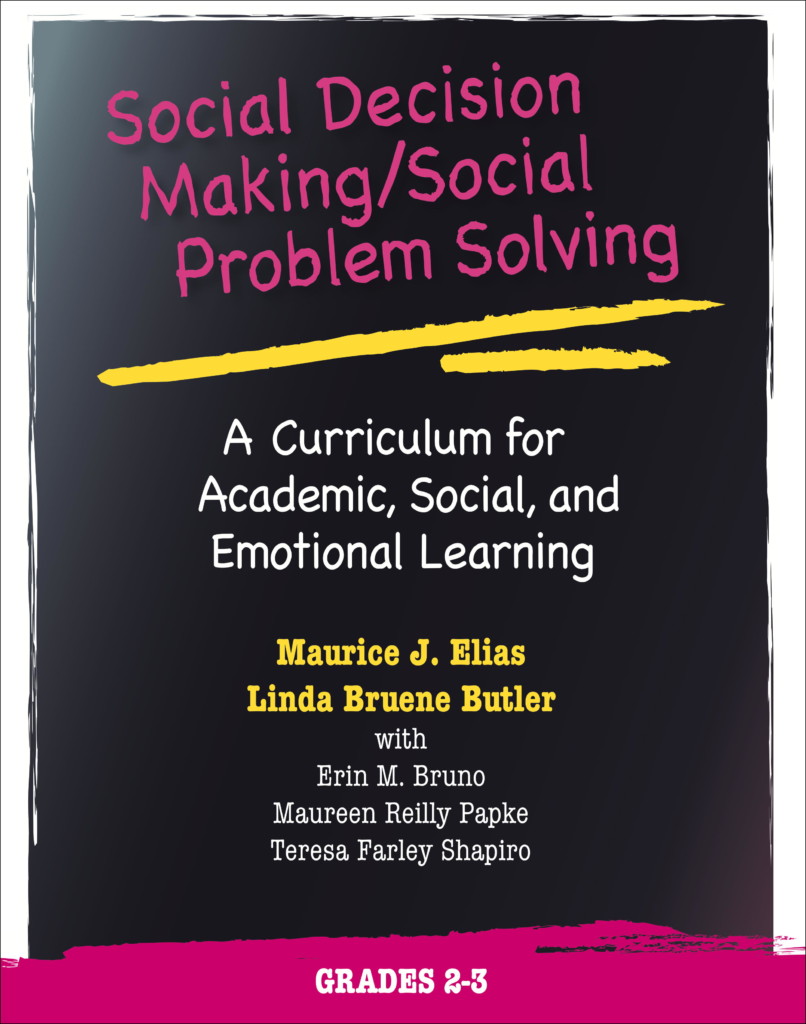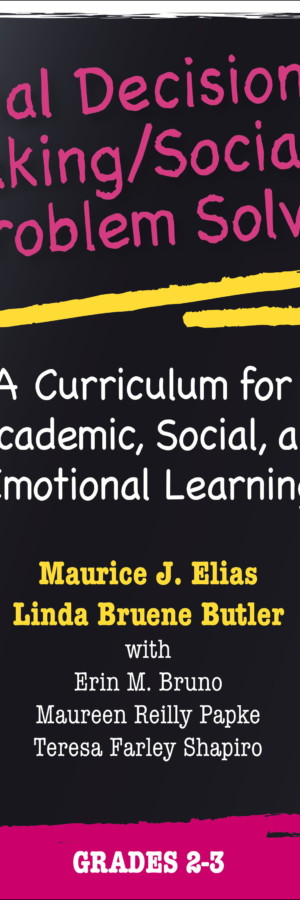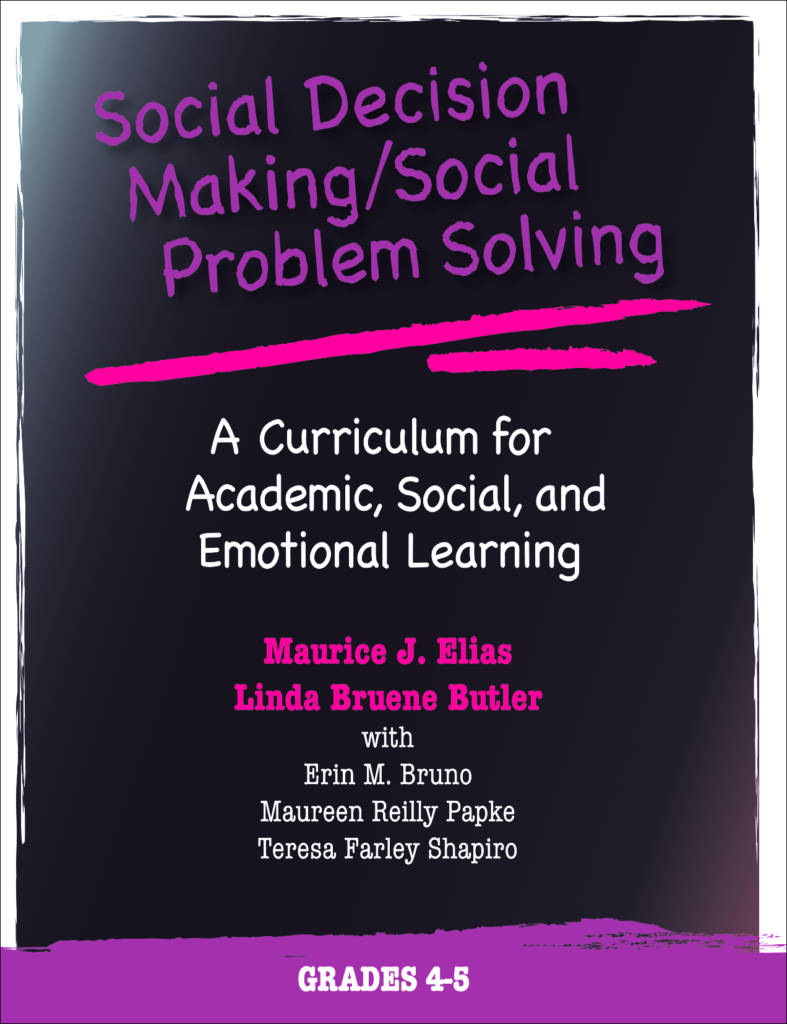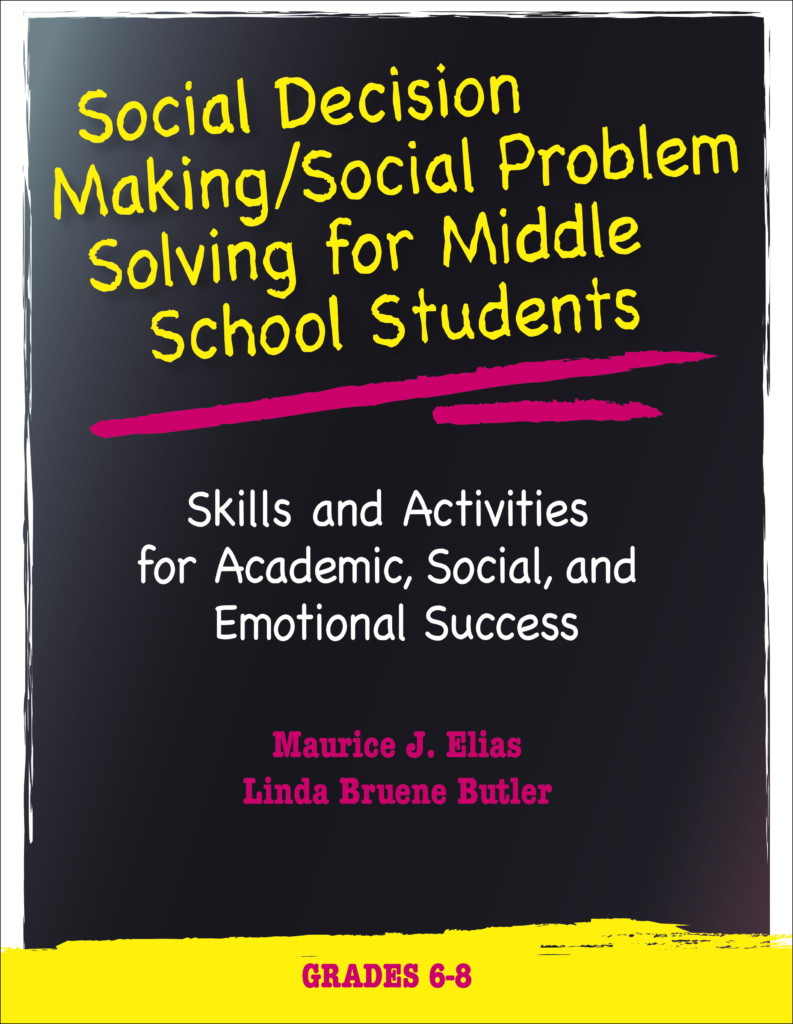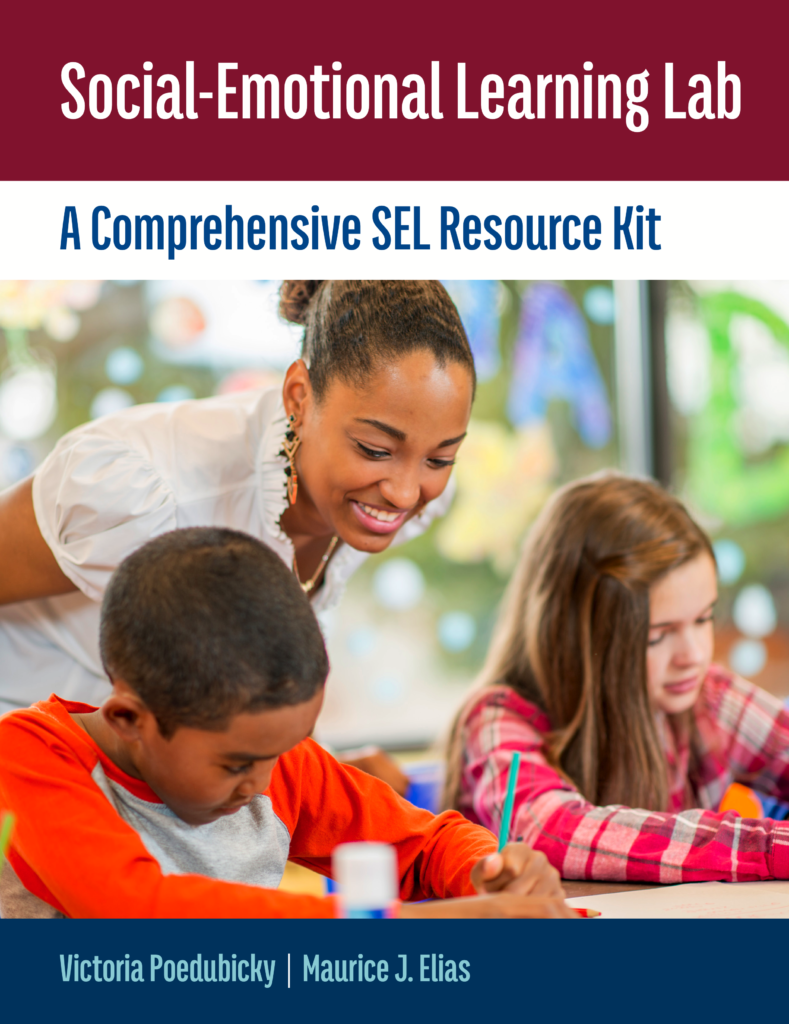
SELect PROGRAMS
The designation indicates that a program is evidence-based; well-designed and classroom-based program that systematically promotes students’ social and emotional competence, provides opportunities for practice, and offers multiyear programming; and delivers high-quality training and other implementation supports.
Developed over three decades of implementation in a wide range of schools, this research-validated curriculum focuses on teaching students to be reflective, nonimpulsive, and responsible decision makers and problem solvers—while emphasizing essential literacy skills. It is ideal for classroom use and can be adapted for small-group settings.
The program uses a variety of cooperative learning methods, including small-group brainstorming, problem-solving, and role-playing activities. Students learn skills such as self-control, listening, respectful communication, giving and receiving help, and working cooperatively and fairly in groups. The manual includes numerous reproducible worksheets available as a download.
SDM/SPS influences student behavior, academic learning, and social and emotional life. It promotes a multicultural perspective by building group cohesion, acceptance of differences, and the ability to understand different points of view.
SDM/SPS has been recognized as:
- an Exemplary Evidence-Based Social-Emotional Learning Program by CASEL (Collaborative for Academic, Social, and Emotional Learning)
- a Statewide Model Program for Substance Abuse Prevention by the New Jersey State Department of Education
- a Promising Program by the Expert Panel, U.S. Department of Education Office of Safe and Drug-Free Schools
- an Exemplary Evidence-Based, School-Based Learning Program by NASP (the National Association of School Psychologists)
Separate volumes of the SDM/SPS curriculum are available for grades K-1 and 4–5. As an ideal extension of the elementary curriculum, the authors have also written an SDM/SPS manual for working with middle school students.
Book Review
“Using strategies such as metacognition, practice exercises, self-talk, body awareness, and aligning these topics with academic subjects to maximize generalization, this work brings the best and latest research for teaching students how to navigate complex interpersonal and intrapersonal challenges. . . . SDM/SPS for any of the grade levels will be valuable for those making the leap to classroom guidance and want a well rounded program that addresses social, academic, and mood management skills.”
—Lynn Merlone, NH School Counselor Newsletter
Training and Workshops
In-service training, consultation, or workshops by the developers of the SDM/SPS program can be provided for your school, facility, or organization. For more information and available dates, please contact:
Rutgers University Behavioral Health Care Behavioral Research and Training Institute
151 Centennial Avenue
Suite 1140
Piscataway, NJ 08854
Phone: (732)-235-9280
E-Mail: spsweb@ubhc.rutgers.edu
Website: www.ubhc.rutgers.edu/sdm/services

